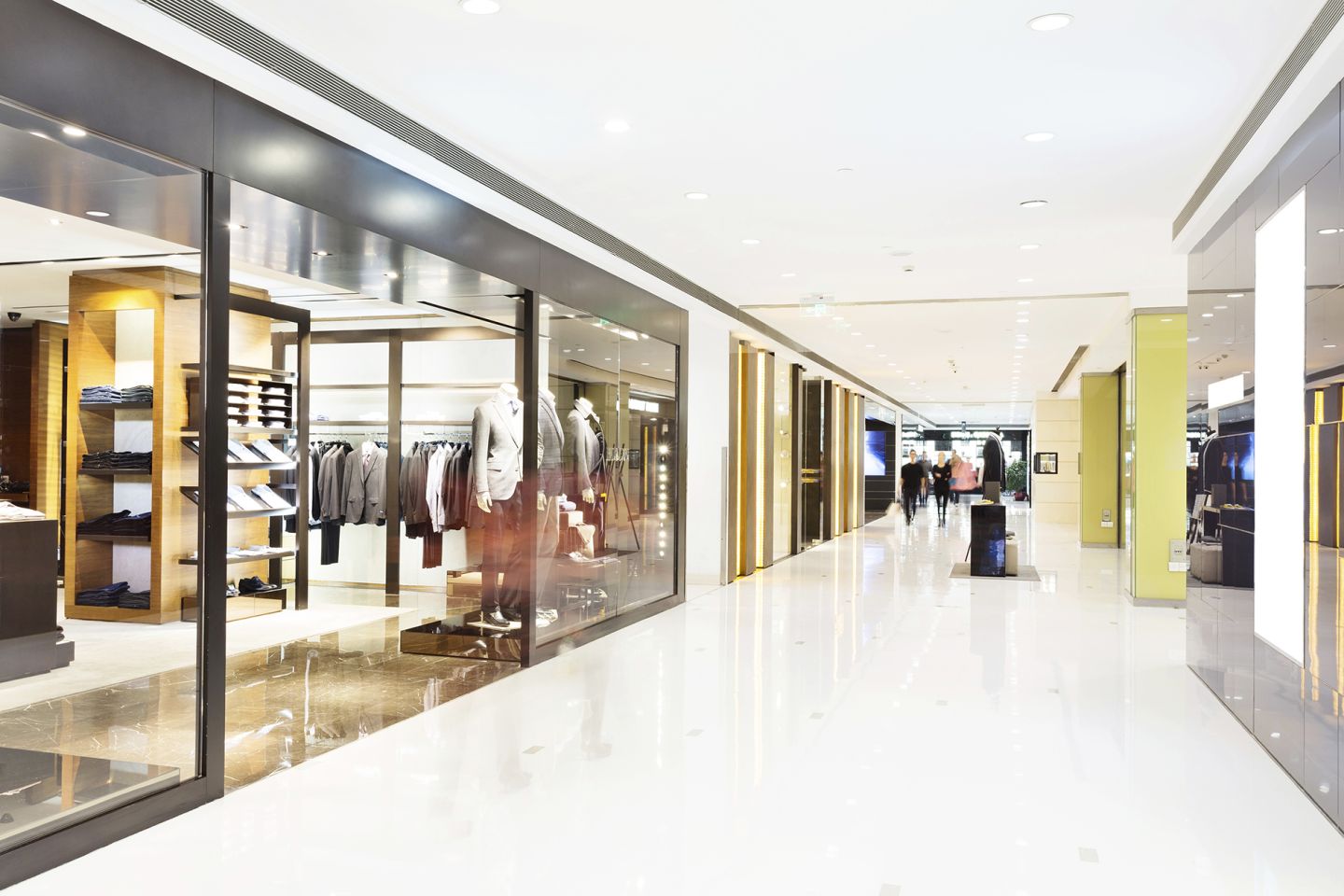Realizing that the internet does indeed have its limitations, some of the biggest e-commerce darlings, like Bonobos and Warby Parker, are developing their strategies for click and mortar shopping by opening up physical storefronts.
Online retailers are discovering that they need to exist more than just in the digital space in order to take their brands to the next level, develop a new customer and user base, as well as increase trust with their current and potential customers.
They need to open up their own version of a store or showroom.
E-commerce has experienced much growth due to its level of convenience, but that appeal is taken away – especially with online apparel retailers – when customers can’t get a sense of the quality, fabrics or sizes.
However, with physical storefronts, online retailers can eliminate some of those challenges and give customers a memorable, one-of-a-kind, in-store experience.
Because after all, there’s still a tangible experience when walking into a store that can never be replaced or mimicked on a computer, tablet, or smartphone. Shopping is a sensory activity, and people want to see, touch, and try on the merchandise – they want to engage all five senses.
So by broadening their reach with physical stores, online retailers have the opportunity to connect with their customers on a deeper level, put a human face to the brand, and have customers interact with the brand in ways that are more personal and emotionally resonant.
Yet, of the thousands of online retailers, only a relatively small group has opened physical stores.
This could partially be due to the fact that the barriers to entry to brick and mortar retail are higher than to e-commerce.
Online retailers just have to worry about creating a seamless online shopping experience. Now, those who are opening brick and mortar outposts have to develop the strategy and direction required to execute successfully in a physical space, while determining what elements of their digital brand to import into the physical store design and experience.
Because not only do they want to lure in their current online customers, but also their potential offline customers who can be completely different types of customers.
But, those who are getting it right are experiencing tremendous success – because when consumers engage with multiple channels, retailers tend to be more profitable.
For example, a transaction at Bonobos’ showrooms, called Guideshops, is double the value of an online order – the company sells twice as many suits and 50% more dress shirts.
But How Do Online Retailers Get It Right?
It’s important to note that there is no one-size-fits-all strategy. Everything must be personalized to who your customers are – including your online customers and your potential offline customers.
Customer data and insight are essential when shaping your offline strategies, business goals and marketing activity.
And with the proper analytic solution, it’s possible to achieve the type of understanding necessary to reveal the insights needed to successfully bring your online brand to life.
If this is a potential growth avenue for your brand and you need help shaping your new business strategy based on what your customers are really looking for, then we should talk.



